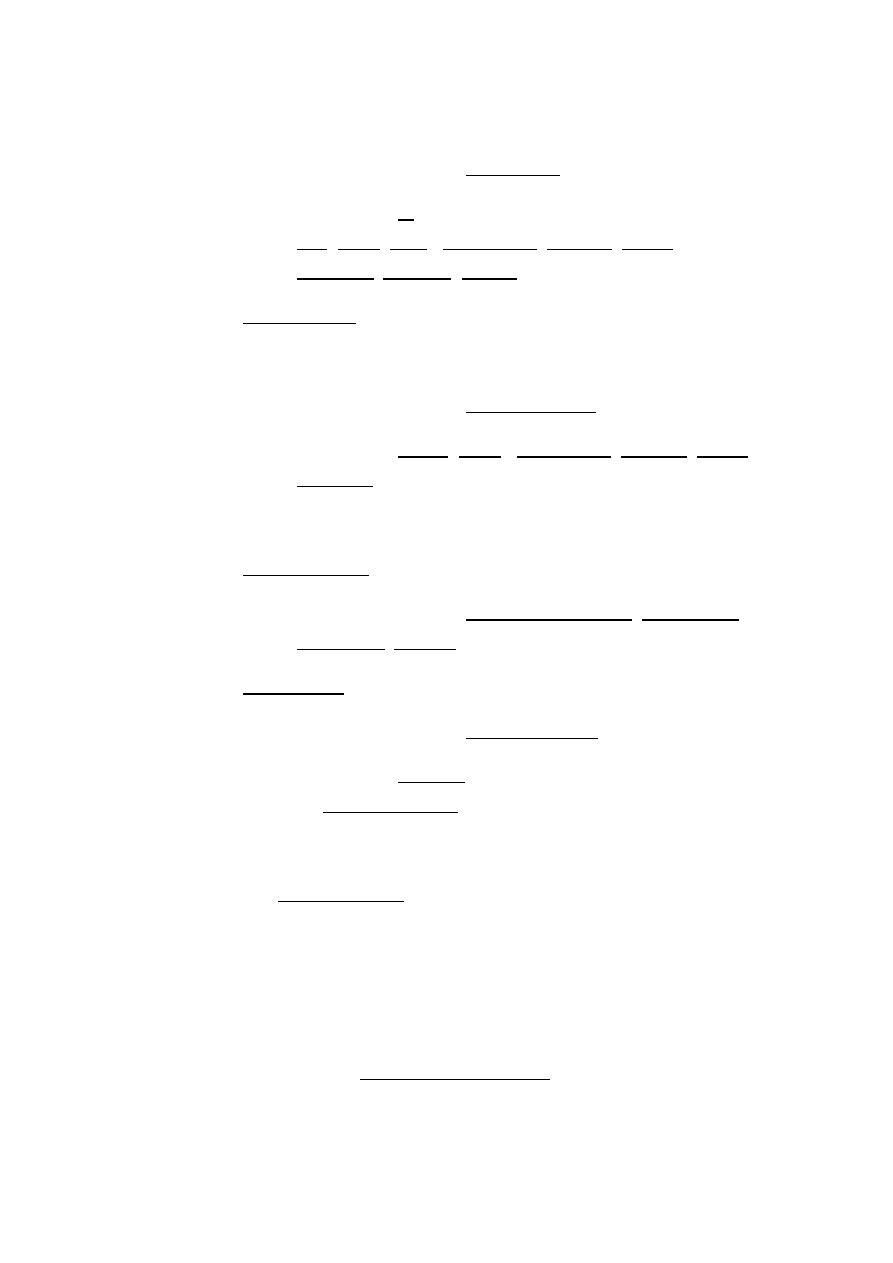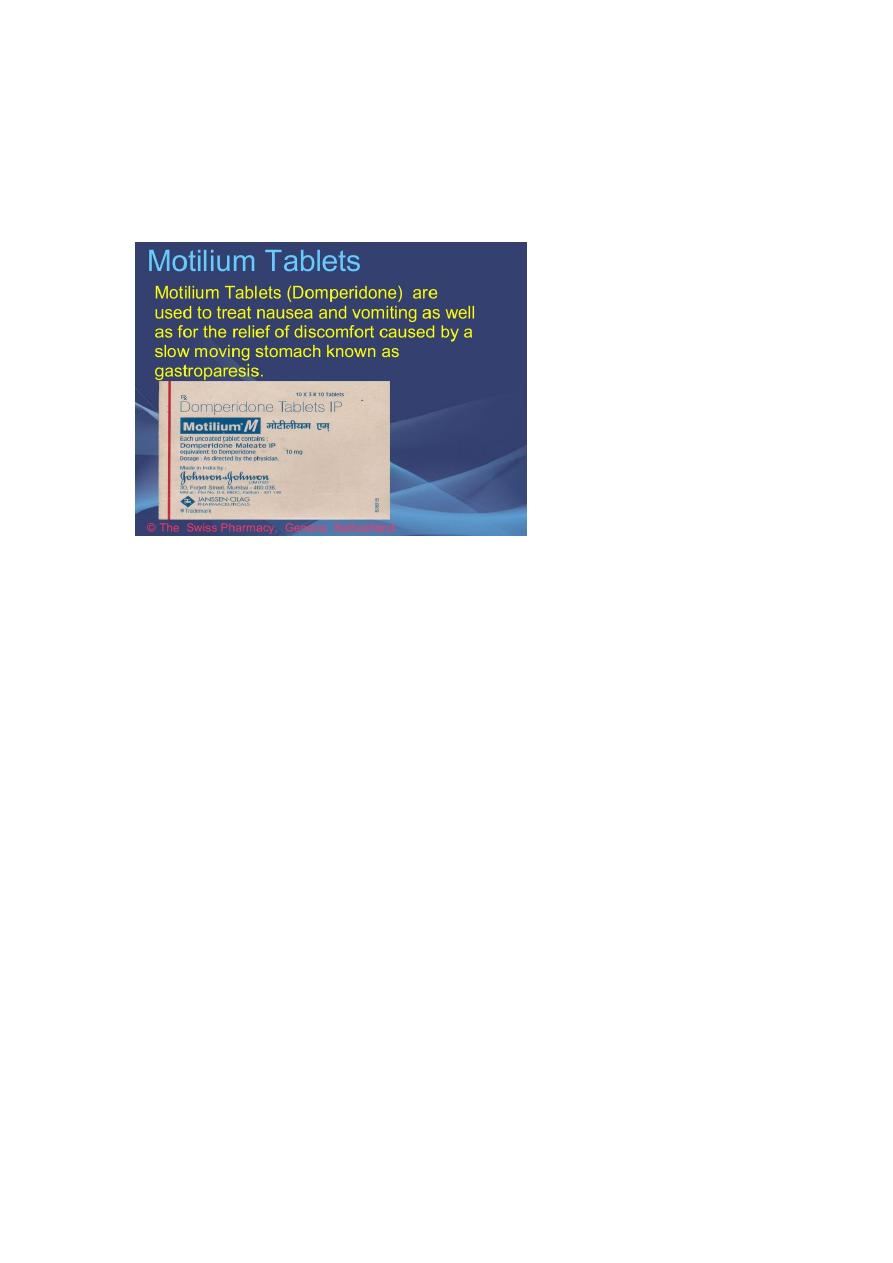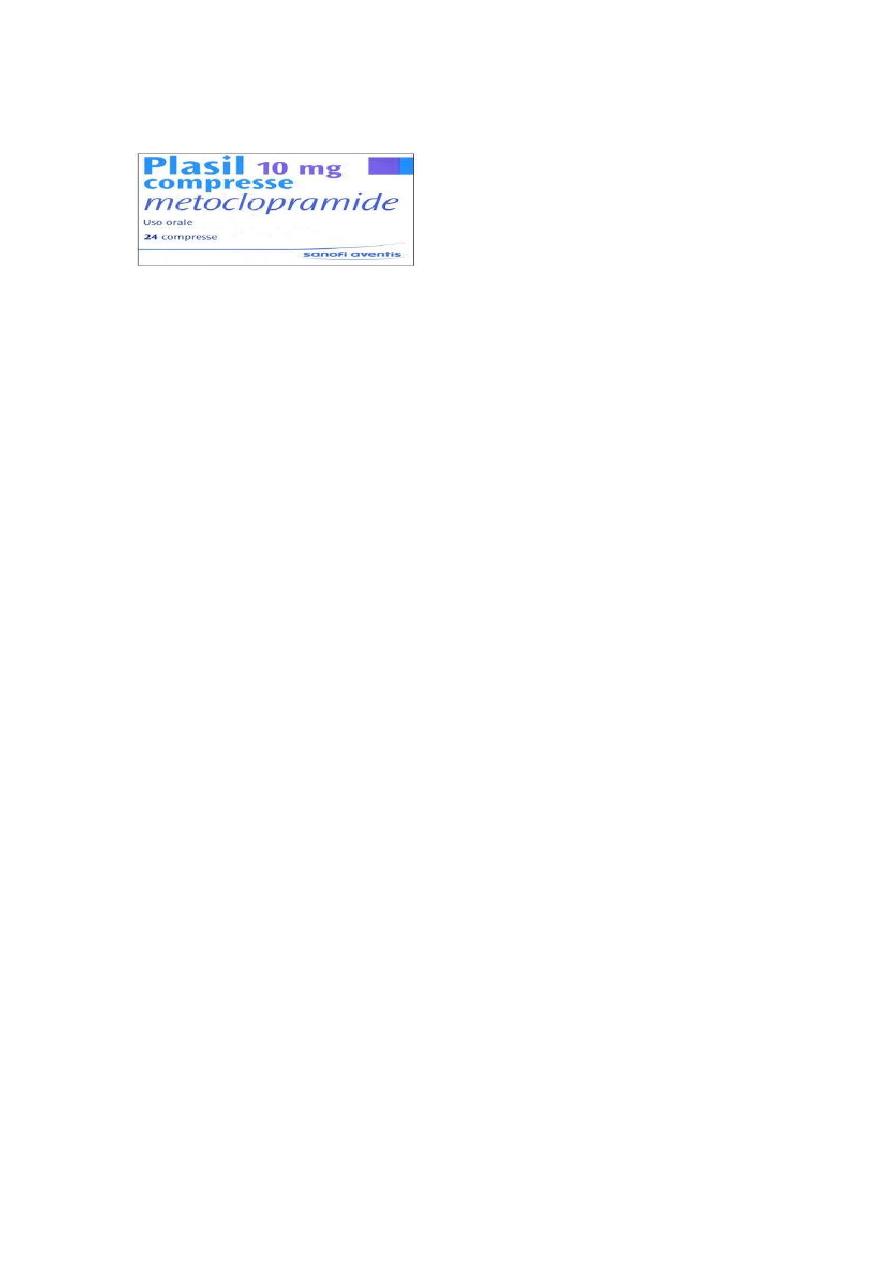
Lec.2
Pediatrics
6
th
stage
2016/8/30
Session notes
د.بسام
Notes :
In SOB ask about :
-fever
-previous attack of SOB
-Cough it is nocturnal or at the day ?
Nocturnal cough occurs in :
1-recurrent aspiration eg; GERD
2-Asthma
3-in adult or school age occurs in sinusitis and mediastinal tumor
Cough with on-off nature presented with :
۩
1-TB
2-Foreign body aspiration
3-bronchiactasis
4-TEF
5-Cleft palate
6-
congenital lung emphysema ( α1-antitrypsin deficency )
7-bronchopulmonary dysplasia
8-Heart failure with recurrent chest infection
9- Kartagenar syndrome ( non-functioning pulmonary cilia )
10-cystic fibrosis
In systematic review ask about :

1-GIT : vomiting , diarreheoa
2-UT : check for urine output
Rules of admission in SOB :
O Less than 6 months age.
O Severe distress.
O Need O2.
O Baby with high risk factors CHD, chronic lung diseases
(broncho-pulmonnary dysplasia), immune deficiency,
neuromuscular weakness.
O Home condition is bad.
O Carless parents.
During admission try to assess any life-threatening factors
If there is cyanosis give O
2
or even mechanical ventalation
If there is dehydration IV fluid
Foreign body bronchoscopy
Fever try to decrease body temperature
Pneumothorax chest tube
Notes on general exam :
- Look for mouth or lips color if it is blue may be due to central
cyanosis or gentian violet pigments it is a very effective anti-fungal

- using an acesseory muscle eg; sternocleidomastoid muscle is
called ( head noding ) , using suprasternal muscle indicate upper
respiratory tract infection
- On chest exam dont forget to examine the back for ( pulmpnary
edema in the basal zone ) , examine the liver if there is any
hyperinflated lung
Signs of hyperinflated lung :
1-flat diaphgram
2-clyinderical heart shape
3- darkening of lung marking
Regarding CXR of bronchiolitis :
1-could be normal
2-hyperinflation
3-non-homogenous opacity
To asssure it is good X-ray look for the veretebra it is just visible
Recurrent CXR needed is pulmonary staph infection
When to admit patient to the hospital if he has diarrheoa ?
A. Severe Diarrhea with difficulty maintaining hydration
B. Very young
C. Severe comorbid illness
D. Paralytic ileus
E. High fever
F. Intractable Vomiting

G. Coma
H. Complicated gastroenteritis eg ; renal failure
Antibiotic usage in diarrheoa:
A. Contraindications
1. Grossly bloody Diarrhea or other signs of Escherichia
coli 0157:H7 (STEC: Shiga Toxin E coli)
B. Indications
1. Findings suggestive of Bacterial diarrhea
a. Guiaic positive stool (not grossly bloody stool)
b. Fecal Leukocyte positive
2. Diarrheal illness lasting longer than 10-14 days
3. Immunocompromised patients
4. Severe illness or Sepsis
5. Less than 3 mo.
6. Suspected meningitis
C. Empiric Antibiotics
a. Empiric dose: 500 to 1000 mg once or 500 mg twice
daily for 3 days
b. Preferred agent for E. coli (ETEC, EIEC), Shigella
c. Also
covers Campylobacter, Salmonella, Yersinia, Cryptosp
oridium
2. Trimethoprim-Sulfamethoxazole (Septra, Bactrim)

a. Empiric dose: One twice daily for 3-5 days
b. Preferred agent for Cyclospora or Isospora
c. Also covers E.
coli (ETEC, EIEC), Salmonella, Shigella, Vibrio
Cholerae, Yersinia (Septra has higher resistance rates)
3. Azithromycin
a. Empiric dose: 500 mg daily for 3 days
b. Preferred agent for Campylobacter
c. Also covers E. coli (ETEC), Salmonella, Shigella, Vibrio
D. Other antibiotics used for specific indications
a. Preferred agent for Clostridium difficile, Entamoeba
2. Doxycycline
a. Preferred agent for Vibrio Cholerae
b. Also covers Yersinia (when combined with
E. Antiparasitic agents used for specific indications
1. See Metronidazole indications above
2. Albendazole (Albenza)
a. Preferred agent for Microsporida
3. Tindazole (Tindazole)
a. Covers Entamoeba histolytica (when treated in
combination with Paromomycin)

b. Also covers Giardia
4. Naldixic acid ( very effective )
SE : gastric upset , if less than 3 mo. It may lead to renal failure
By toxicity , increase intracrnial pressure , bulging fontanelle
Meningitis may presented as parentral diarrheoa
Cerebral edema presented in hypernatremia
In infancy when there is drowsiness think always in meningitis
Enterostop
Lomotil
It is anti-diarrheal agent (like entero-stop).
It is anti-chonergic agent.
Signs: respiratory depression, Hypotension, hypo-reflexia,
coma, and death.
Don’t give lomotil until age of 4-5 years due to side
effects.
If there is no cause of diarrhea you can give lomotil.
Treatment
Sagwa poisoning:
It is lead acetate compounds.
Symptoms: Convulsion, coma, encephalopathy
death.

No surviving, it is acute positioning.
Motilium :
Phenothiazine group poisoning:
Anti-emetics (metochlopromide & domeperidone)
.
Treat the cause of vomiting and not give anti-emetic to child
side effects of antiemetics are hypotension, ataxia, tachycardia,
coma, occulogyric crisis, severe muscle rigidity.
Vomiting can be seen in any systemic diseases so treat the
cause not the symptom.
Influenza, pneumonia, UTI, gastroenteritis, tonsillitis, infective
hepatitis, meningitis
–
.all lead to diarrhea.
The only indication for use of anti-emetics in children are GERD
and before performing jejunual biopsy in celiac disease
.
Treatment
General Measures + Anti-dote (Benztropine) + anti-
histamine (chlorpheneramine) or diazepam (IV).

If you give diazepam only the case could be re-occur.
